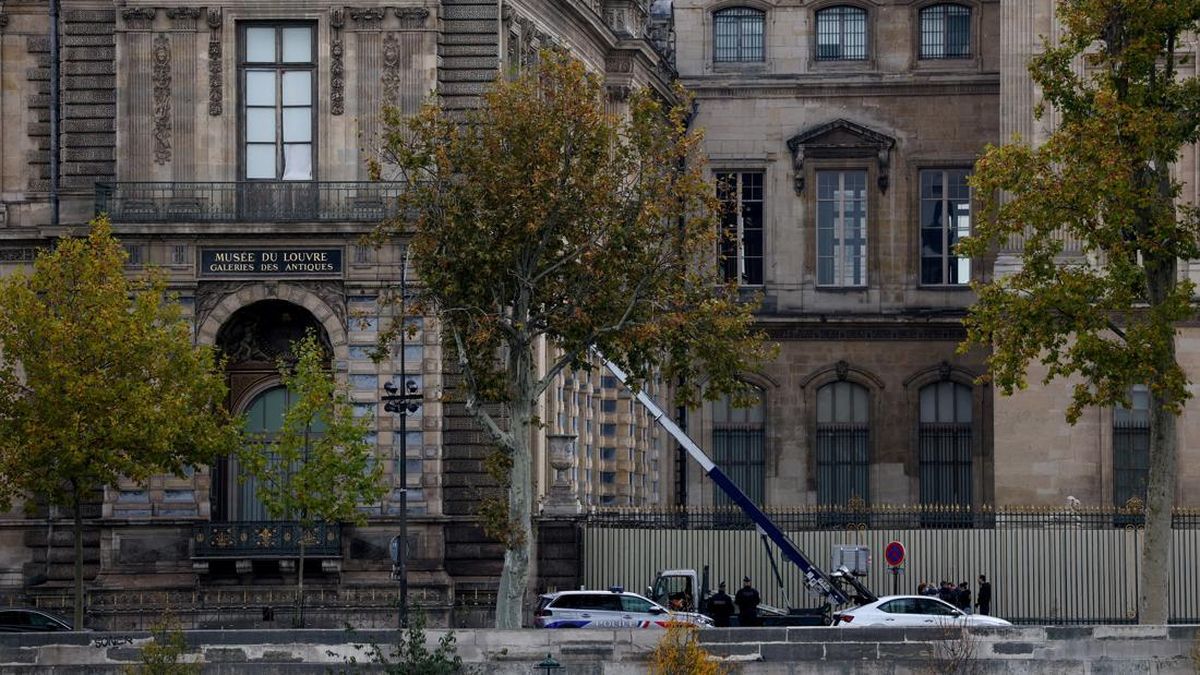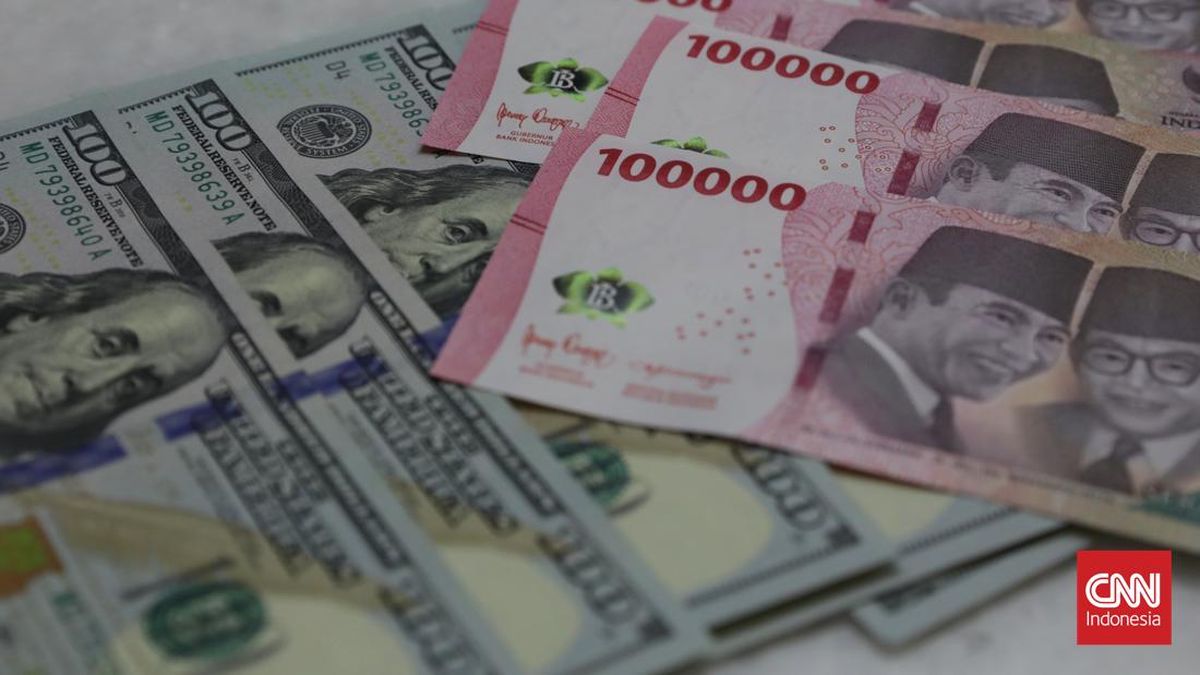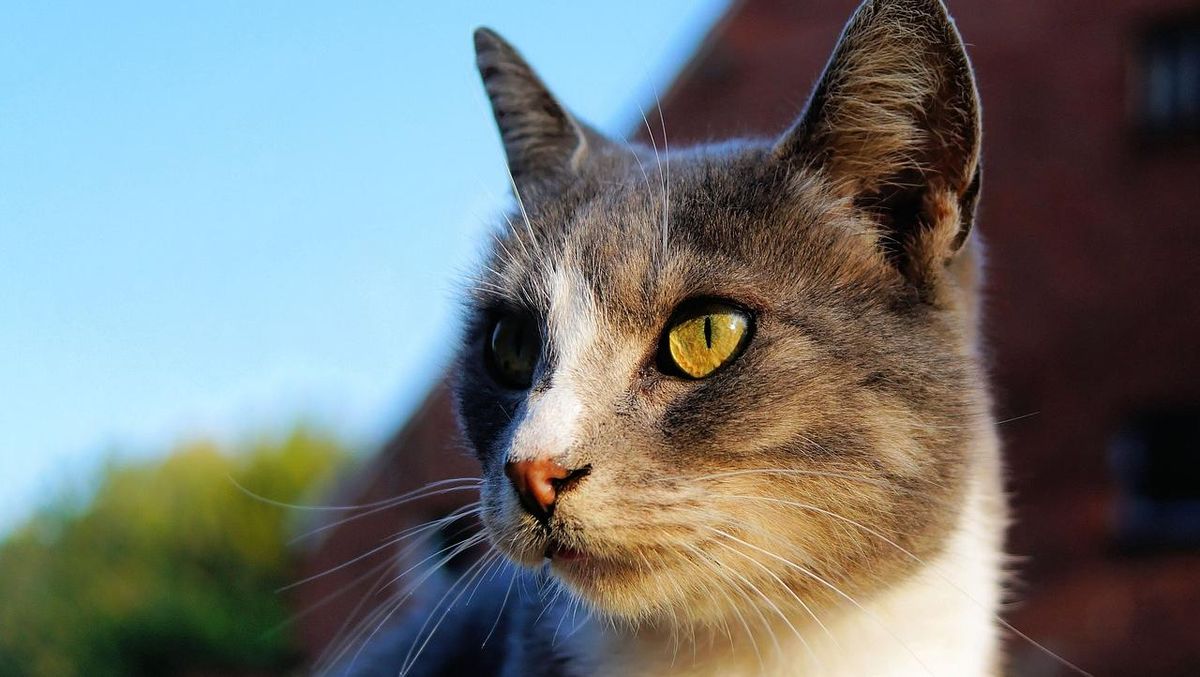Artist Amy Sherald made headlines in 2018 when her official portrait of then-first lady Michelle Obama was unveiled at the Smithsonian's National Portrait Gallery.
She made headlines again this summer when she canceled a showing of her "American Sublime" career retrospective at the same gallery. The painter, 52, said she was concerned that museum officials, already under pressure from the Trump administration, might censor a painting of a transgender person posing as the Statue of Liberty. The museum said it had wanted to display the painting alongside a video they said would "contextualize the piece."
"Any kind of contextualization around the work would have been unacceptable, and it would've deviated from how the work was originally conceived," Sherald said. "And because of that, I felt like my only choice was to pull out."
"American Sublime"
Even before Sherald's scheduled "American Sublime" show in the nation's capital, the Trump administration had been criticizing the Smithsonian and promised to review its exhibitions. The White House applauded when Sherald canceled her show, with a Trump administration official saying her "Trans Forming Liberty" painting "sought to reinterpret one of our nation's most sacred symbols through a divisive and ideological lens, fundamentally strayed from the mission and spirit of our national museums."
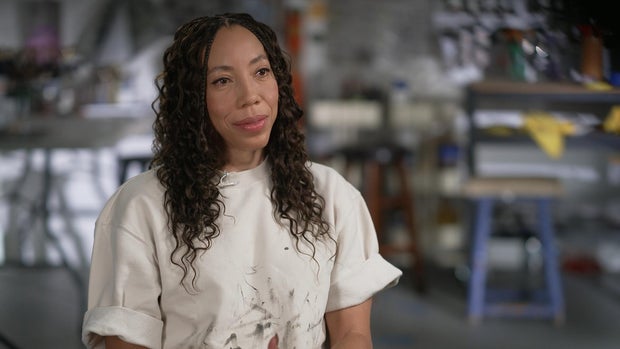 Amy Sherald
60 Minutes
Amy Sherald
60 Minutes
While Sherald doesn't feel her work — portraits of Black Americans — is intrinsically political, she told 60 Minutes: "It lives in the world," she said. "And therefore, can be art on Monday and political on Tuesday."
Sherald's style of painting is part of a genre called American Realism. It's a "way of depicting the ordinary in American life," according to Sarah Roberts, an art historian who curated "American Sublime" for its first exhibition at the San Francisco Museum of Modern Art.
"She is creating images that say something about America right now. Ideas of freedom, ideas of individualism, freedom of expression, and a lot of kind of Americana ideas," Roberts said of Sherald. "You know there's the cowboy, and the beauty queen, and the white picket fence. She's reimagining them, and redeploying them to make sure that that idea of America includes everyone."
Sherald views her work as patriotic, and says she doesn't think "there's anybody more patriotic than a Black person."
"I mean, we've been here since the inception of this idea of what American is. We are deeply ingrained in the fabric of this country. This country would not be if it was not for us," she said. "So I have to claim that patriotism. Otherwise, I'm just handing it over to somebody to give me the definition of what it means to be American. But I know what the definition of what it means to be an American is. And I'm the definition of an American."
"American Sublime" won't be hidden away for long. After Sherald canceled the show in Washington, the Baltimore Museum of Art offered to host the exhibition. The show opens there Nov. 2.
A journey featuring a class trip, a dangerous challenge and a career-shaping portrait
It was a painting featuring a Black man that helped spark Sherald's interest in art when she was a teenager. Sherald recalls a class trip to the city art museum in Columbus, Georgia, when she saw a painting by a local artist named Bo Bartlett.
"And I realized in that moment that I had never seen a Black person in a painting before," Sherald said. "I thought, 'I want to do this, too.'"
Her parents — Amos and Geraldine Sherald — had hoped she'd be a doctor, but in college she broke the news to them she was going to devote her life to art.
Sherald spent more than a decade painting by day and waiting tables at night.Though she struggled to make ends meet, Sherald didn't give up.
"I always say, the world is full of quitters. And most people don't want the discomfort. And most people don't want the risk," Sherald said. "So, if I kept at it, then eventually, something would have to happen."
She also faced an unexpected challenge. Sherald, an avid runner, was training for a triathlon in 2004 when she was diagnosed with a rare heart condition.
Her doctor warned her that anything that raised her heart rate could cause a deadly tachycardic episode.
Sherald collapsed in a drug store eight years later. She spent months in the hospital before receiving a heart transplant at age 39. The donor was a young woman named Kristin Lin Smith.
"I have moments where I think of her. And they're usually when I'm doing something that I wouldn't have been able to do. So, like, whenever that happens, I have on my Instagram account, I hashtag it 'adventures of Kristin and Amy' so that I can mark all the big moments and include her in those moments. And when I sign my name, I put a little heart on the end for her."
The artist's best-known painting is her portrait of former first lady Michelle Obama, unveiled in 2018. Sherald knew the painting would be important for her career, but tried not to overthink it.
"Because if I did I probably would've just freaked out, you know? I just stayed outta my head and stayed in the painting," she said.
Today, Sherald's paintings sell at auction for as much as $4 million. They're often compared to work by some of the masters of American Realism, Edward Hopper, Andrew Wyeth and Norman Rockwell.
"It's technically what I wanted, as a Black woman artist, American, for people to be like, 'Yeah, Amy Sherald, Norman Rockwell, Edward Hopper,' like, I'm in the room with the guys. And so, I think I'm OK with it. Yeah, I think I'm OK with it."
What sets Sherald's paintings apart
Most of Sherald's portraits are of unnamed subjects. The former first lady is a rare exception. Another one is a portrait of Breonna Taylor, painted after she was shot to death by police in 2020 in a botched raid on her apartment.
But the vast majority are anonymous, placed in scenes Sherald creates in her head.
Her subjects include friends, models, dancers and strangers she's seen on the street. The clothes they wear are often thrift store finds. Sherald has racks of them in her studio.
"They come to the studio and either I already have a vision in my head of what I wanna create, or they are the walking vision of what I want to make. And I photograph them," Sherald said.
That photograph is used as the basis for the portrait.
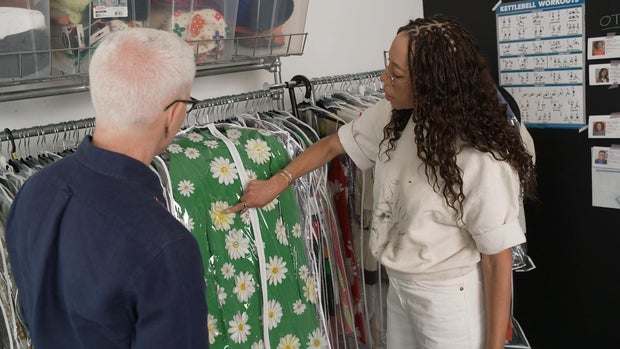 Anderson Cooper and Amy Sherald
60 Minutes
Anderson Cooper and Amy Sherald
60 Minutes
What really sets Sherald's work apart is her use of color, especially her bright, luminescent backgrounds and bold, often vintage clothes and accessories. Sherald is also known for the grayscale she uses for skin color. Her subjects are Black Americans, but she paints her subjects' skin in shades of gray. At first, Sherald said she just liked the way it looked, reminding her of old family photographs she grew up with.
As she kept painting, she realized that technique was one way to help the viewer see the humanity in her subjects.
"That's why I chose to use the grayscale instead of brown skin. I think that it offers the viewer an opportunity to pause and consider something else before we get to that," Sherald said.
Sherald believes that if her subjects had brown skin, it would be the first thing people noticed. She said her subjects' phenotypes — their eyes, nose and lips — still give away that they're probably not Caucasian.
"They look Black. I can't take Blackness away from them," she said. "But the lack of color allows for a different entry point."
Editor's Note: Anderson Cooper owns a work by Amy Sherald called "Handsome."






